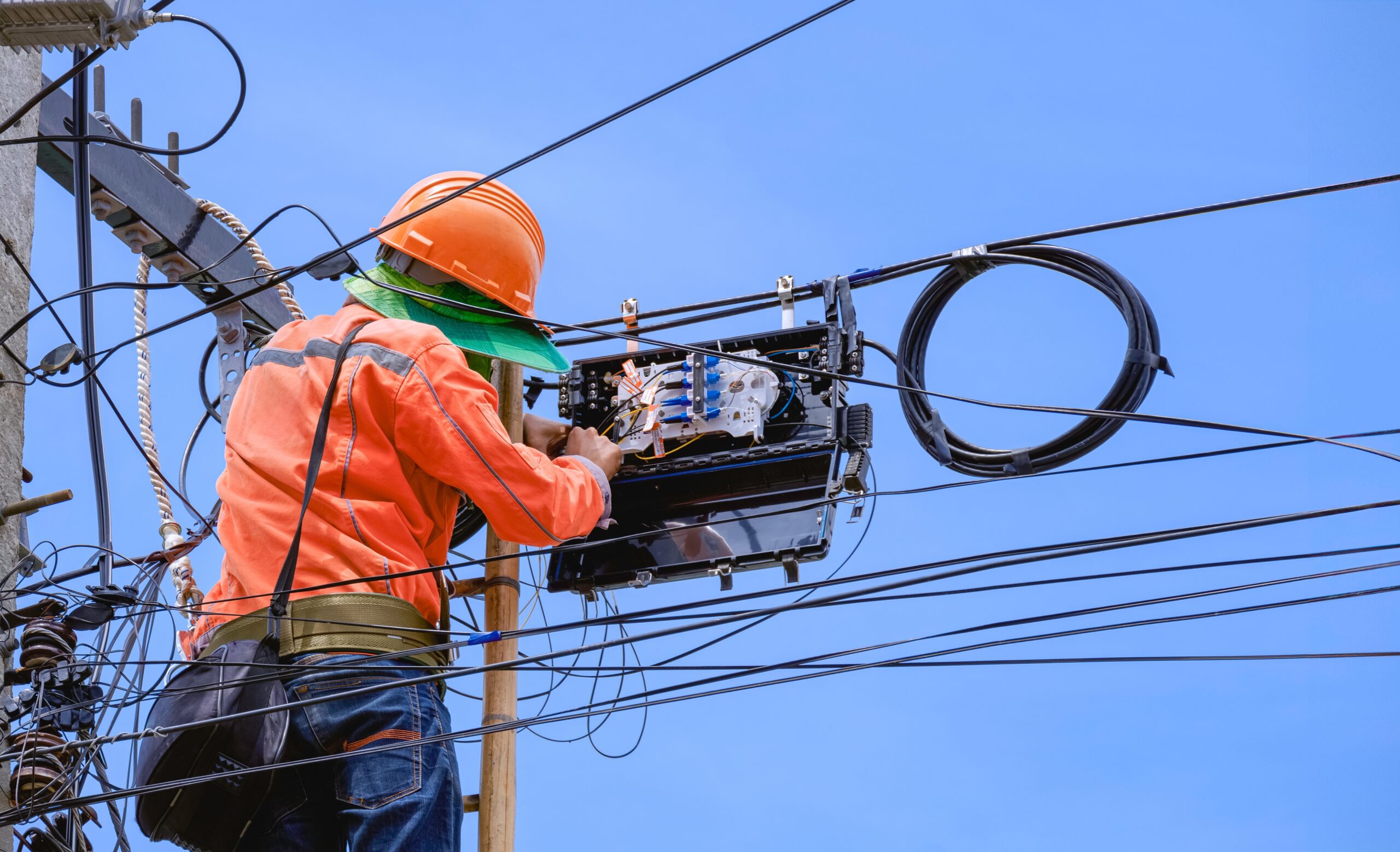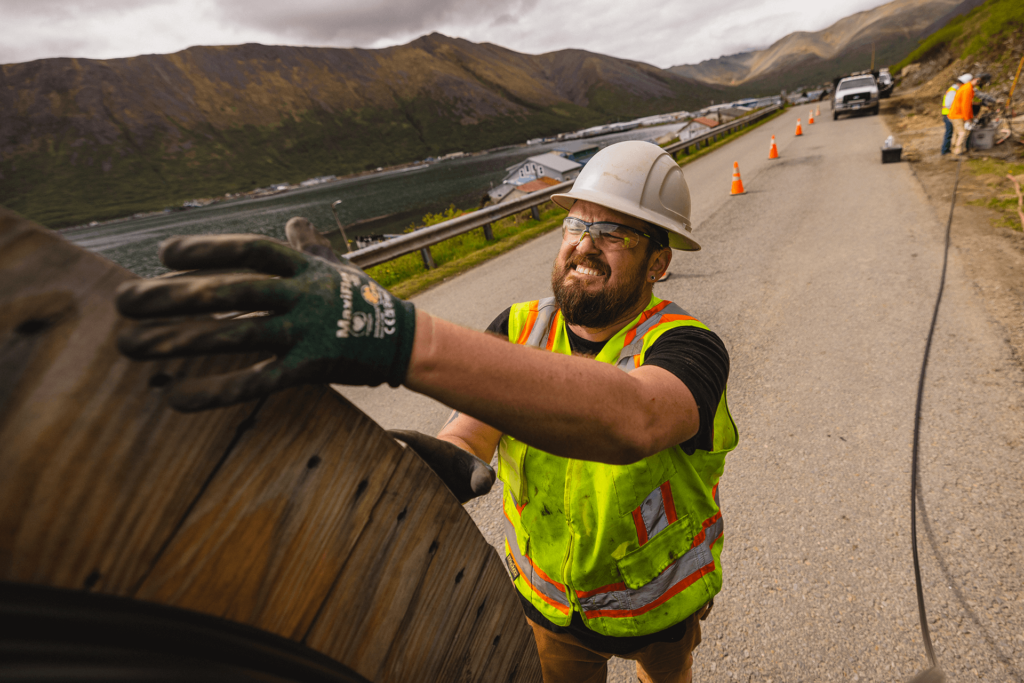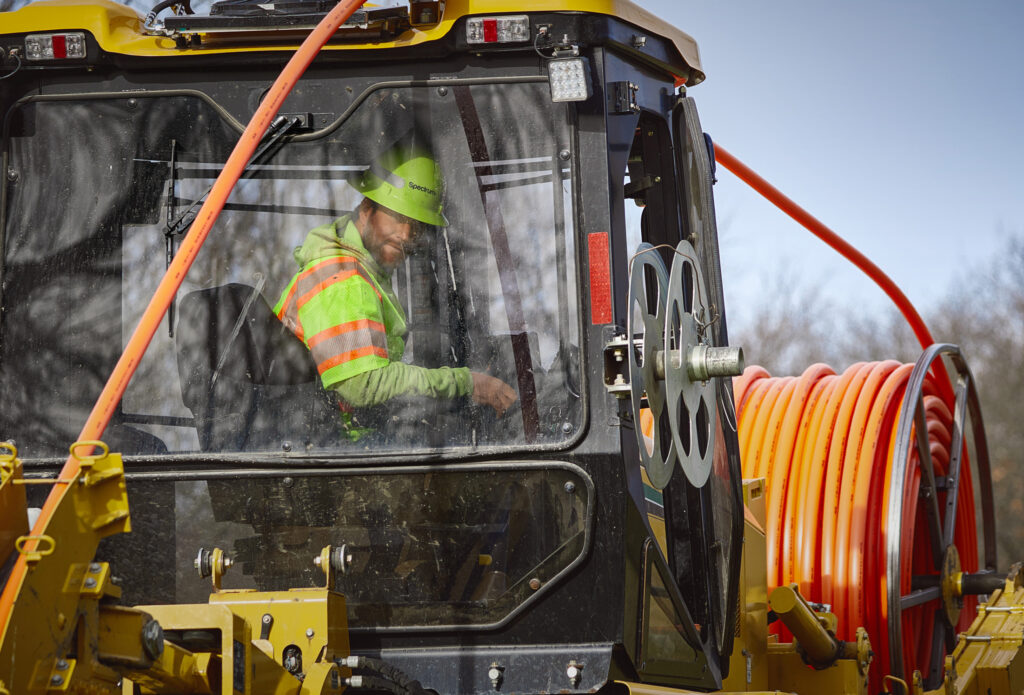As previously reported, a wave of vandalism and theft threatens vital communications networks and other critical infrastructure — and with it, the essential services and safety that Americans depend on every day. New data released today gives more insight into this pressing issue.
Damaged or attacked communications networks pose a number of threats to communities, individuals, economies, and the nation. When networks are targeted, 911 service, emergency communication, critical response coordination, and more are directly harmed. Additionally, municipalities and businesses bear the burdensome cost of repairs.
Understanding the scale of the problem
A survey of large and small communications companies across the country found that, between June and December 2024, there were 5,770 reported incidents of intentional theft and/or vandalism targeting communications infrastructure.
- That’s an average of 824 per month or 27 incidents per day across the country.
- Ten states accounted for 93% of the reported incidents, with California and Texas alone accounting for 51% of these incidents.
- These acts have collectively affected more than 1.5 million customers and cost communications providers millions of dollars in repairs.
Rising to meet the challenge
The complex issue, stemming in part from the rise in copper prices, requires action from several players, including law enforcement, municipalities, metal recyclers, industry, and government.
As of April 2025, 20 states are considering legislation aimed at addressing the problem—for example:
- The Los Angeles Police Department and Bureau of Street Lighting formed a Copper Wire Task Force in 2024 to address the issue of copper theft and vandalism which has resulted in 82 arrests and 2,000 pounds of recovered materials.
- In March 2025, Kentucky Governor Beshear signed into law legislation that classifies equipment or communications lines used in the delivery of cable television, telephony, or broadband service as critical infrastructure and imposes enhanced felony penalties on bad actors that damage, possess, or tamper with them.
- In 2024, the Kanawha County Sheriff’s Office (SO) in West Virginia, working in conjunction with the WV State Police, Charleston Police Department, Putnam County SO, and Boone County SO, targeted and investigated two recycling centers, which resulted in multiple arrests and a significant decrease in cable theft activity.
Moving forward
The report emphasizes that securing the nation’s communications infrastructure requires a coordinated effort across industries, law enforcement, and policymakers. Recommended solutions include:
- Stronger state and local laws: While some states have enacted stricter protections or adopted enhanced penalties, many lack specific legislation to deter and significantly penalize damage to communications infrastructure.
- Increased law enforcement engagement: Dedicated resources for investigation, tracking, and prosecution can help curb these crimes and mitigate disruptions.
- Stricter scrap metal regulations: Enforcing ethical practices within the scrap metal industry is crucial to reducing the demand for stolen copper.
- Enhanced security by communications providers: Companies are investing in surveillance, tracking technologies, and security personnel to safeguard networks.









